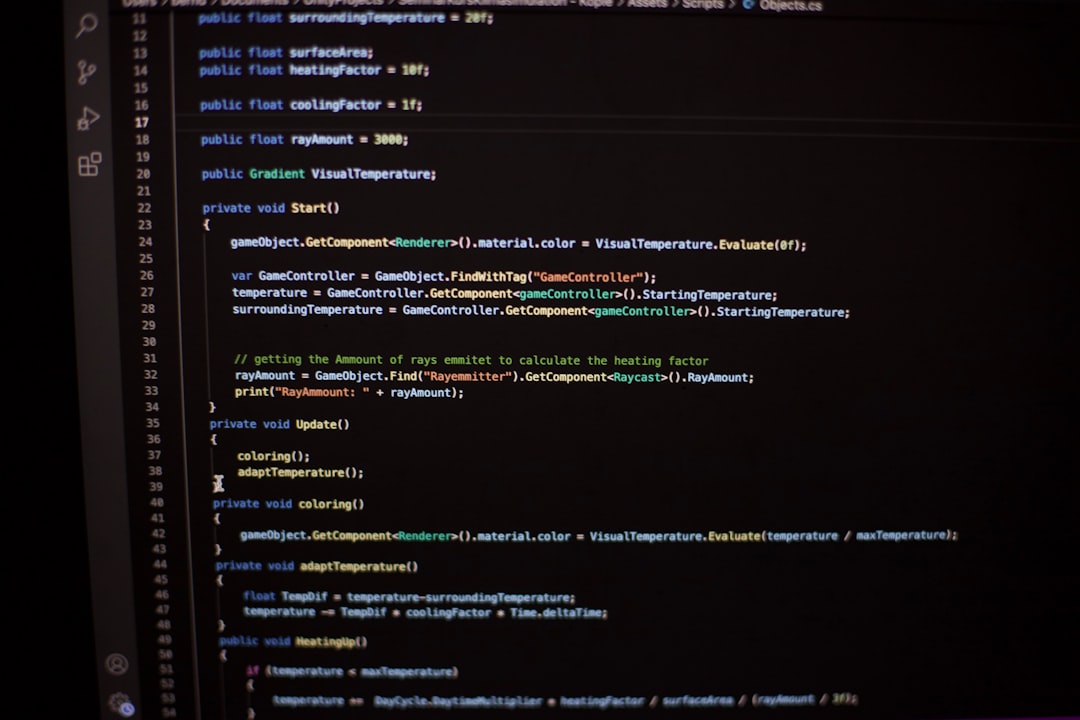Animoto, a cloud-based video creation service popular with marketers, educators, and content creators, offers a streamlined way to build professional-looking videos using AI-assisted templates. Despite its user-friendly platform, some users may encounter errors during the video export process—most notably, the unsettling “scene cannot be compiled” message. This issue can arise unpredictably and frustrate even seasoned users who rely on Animoto for time-sensitive projects. Understanding the root cause and knowing how to implement an XML template fix can make the difference between a stalled workflow and a successful video export.
TLDR:
The “scene cannot be compiled” error in Animoto occurs when inconsistencies or corrupt elements appear within a project’s AI template. Common causes involve media size mismatches, deprecated animation styles, or malformed XML tags. By carefully editing the project’s template XML—specifically removing or correcting invalid scene descriptors—users can often resolve the issue. A stable XML file ensures the AI editor renders all scenes properly, allowing the video export to complete successfully.
Understanding the ‘Scene Cannot Be Compiled’ Error
This error typically emerges during the rendering or preview phase of a video. When users click to generate a preview or commit their final export, they may receive the error without any direct explanation.
Here are some common symptoms associated with the error:
- Scenes load partially or not at all in the preview window
- Audio tracks play with no paired visuals
- Export button is greyed out or unresponsive
The root of the problem generally lies in a conflict between the template’s expected scene structure and its actual XML representation behind the user interface. Animoto’s templates use XML logic to govern transitions, media alignment, text blocks, and AI behaviors. When these instructions are malformed or outdated, the rendering engine cannot compile the scene—hence the error.
What Causes Template XML Failures?
Depending on how the project was configured or imported, XML malfunctions can creep in through various points in the workflow:
- Incompatible Media Formats: If a user uploads a video file with an uncommon codec or an image with unmatched aspect ratios, the XML can fail to properly define that asset for scene placement.
- Manual Edits Gone Wrong: For power users who edit templates manually to customize beyond Animoto’s interface, a single missing closing tag or improperly nested element can cripple the entire file.
- AI Automation Inconsistencies: Animoto generates templates dynamically through its AI, but occasionally the auto-generated content creates redundancies or unsupported instruction sets that disrupt rendering.

Key Parts of the Faulty XML
Animoto’s template XML files can be exported or accessed via specific developer tools. Important segments to investigate for issues include:
- <scene>… tags – Each reflects a separate unit of the video. Errors here often prevent full compilation.
- <media> – References to image or video media that are improperly loaded or profiled.
- <transition> – If transitional instructions use styles no longer supported or loaded improperly, compiling fails.
In a failed scene, you might see errors such as missing media object IDs or references to animation types no longer supported. Sometimes files contain lingering “ghost” data from template duplications—where a scene points to media that no longer exists in the project library.
How to Fix the XML (and Make Export Work Again)
Here’s a step-by-step fix using the XML file:
- Download or Access the Template XML: In most cases, this requires access to the advanced editor toolset. Other times, templates may export to local XML via developer API or browser debug tools.
- Identify the Corrupt Scene Segment: Search for scenes defined by tag blocks like:
<scene id="scene12"> <media type="image" src="corrupt_file.jpg" /> <text value="Welcome" /> </scene>If the “src” attribute doesn’t point to a valid project file or has text collisions, consider removing or replacing that scene.
- Repair or Delete: It’s often safer to delete the entire <scene> block than attempt a repair unless you know the correct structure. Once deleted, regenerate a new scene in the UI.
- Validate the File Structure: Use an XML linter or IDE like VS Code with XML plugins to ensure all tags are properly closed and nested.
- Upload Modified File: Replace the affected template if allowed, or contact Animoto support to assist in uploading a corrected version.
Once saved, refresh the Animoto builder and allow the AI to re-render the project. If the error disappears, you’ve correctly fixed the issue.
Preventative Practices to Avoid Future Errors
Avoid repeating the same issue by adjusting your project creation workflow:
- Keep media aligned: Always check that uploaded images meet platform requirements and avoid extreme aspect or resolution mismatches.
- Avoid over-modifying AI templates: Let the AI engine maintain balance. Manual tweaks should only happen with familiarity of XML syntax.
- Limit reused templates: Projects cloned multiple times without cleanup often carry over legacy scene data or broken references.

When to Contact Support
While many technical users may succeed in manually fixing XML files, Animoto offers support services that can handle XML diagnosis. If repeated errors appear or multiple scenes fail to load, it might be a deeper platform compatibility issue.
To expedite a support ticket, include the following:
- Project name and ID
- Export/compile logs or screenshots of the error
- Details on the media uploaded (formats, sizes, quantity)
- Exact steps to reproduce the issue
In most cases, support can offer an alternate template shell or find and delete broken scenes on your behalf.
Conclusion
The “scene cannot be compiled” error in Animoto can feel like a showstopper, but with a careful review and correction of the template’s XML file, the issue is often solvable. By identifying problematic scene blocks, validating XML syntax, and ensuring proper media formatting, users regain control of their video exports. Animoto continues to refine its AI engine, but manual intervention remains a critical tool for high-stakes projects.
As video continues to dominate content strategies, knowing how to diagnose and correct AI automation errors will serve creators well. This guide gives you the tools needed to troubleshoot confidently and maintain high publishing standards.
